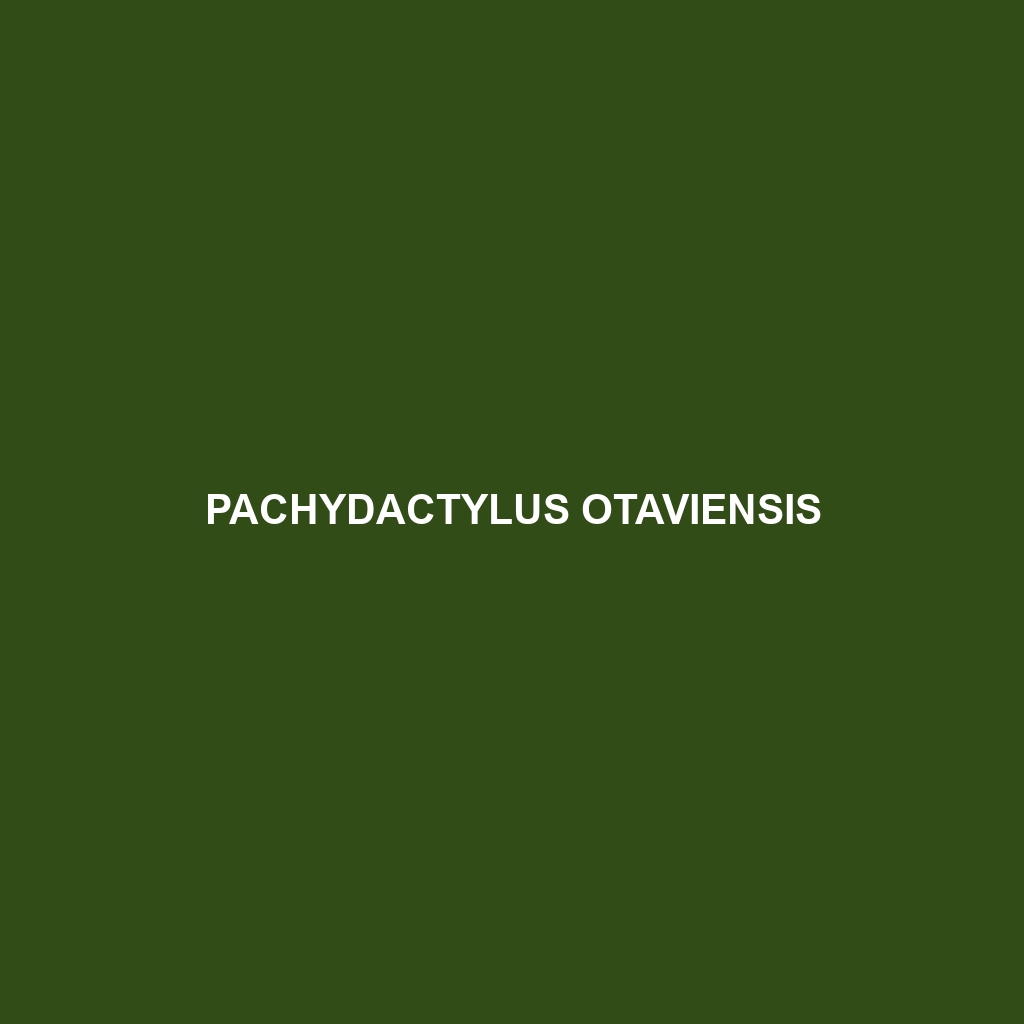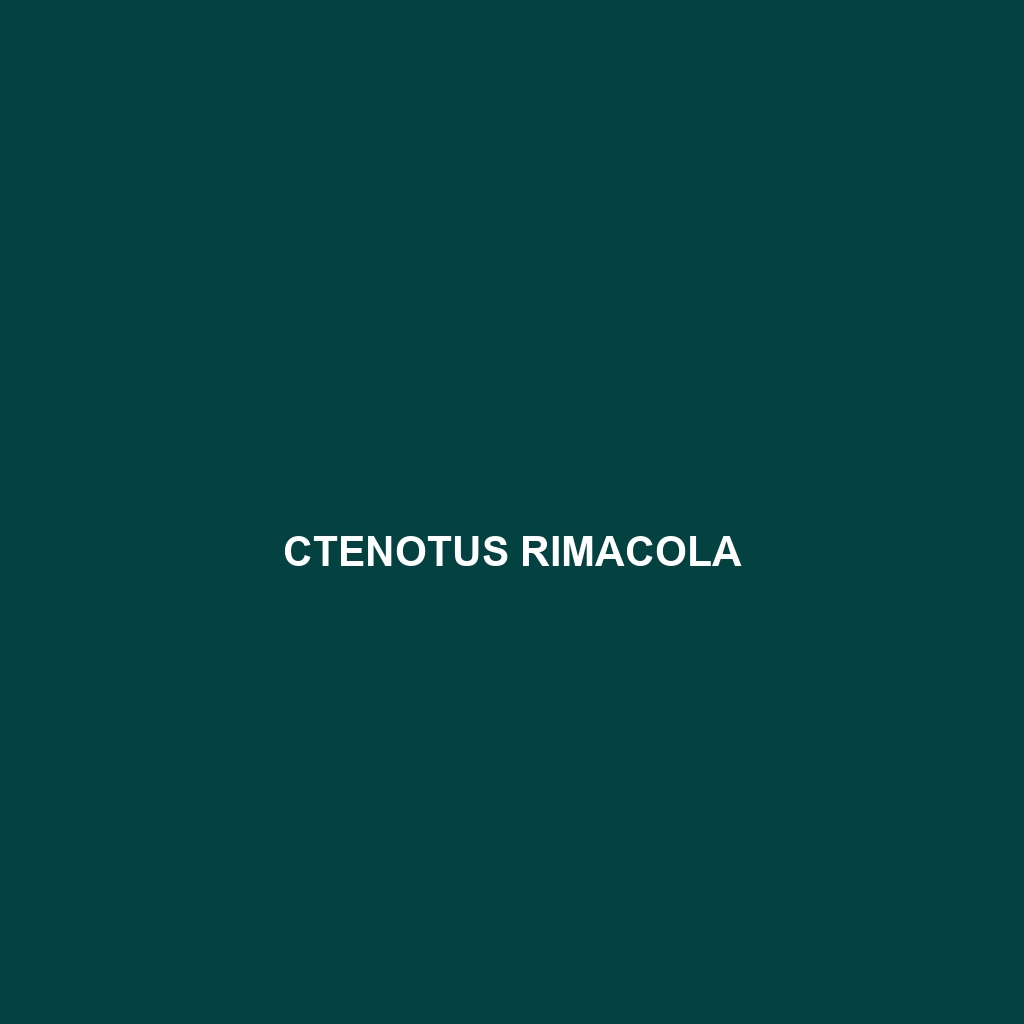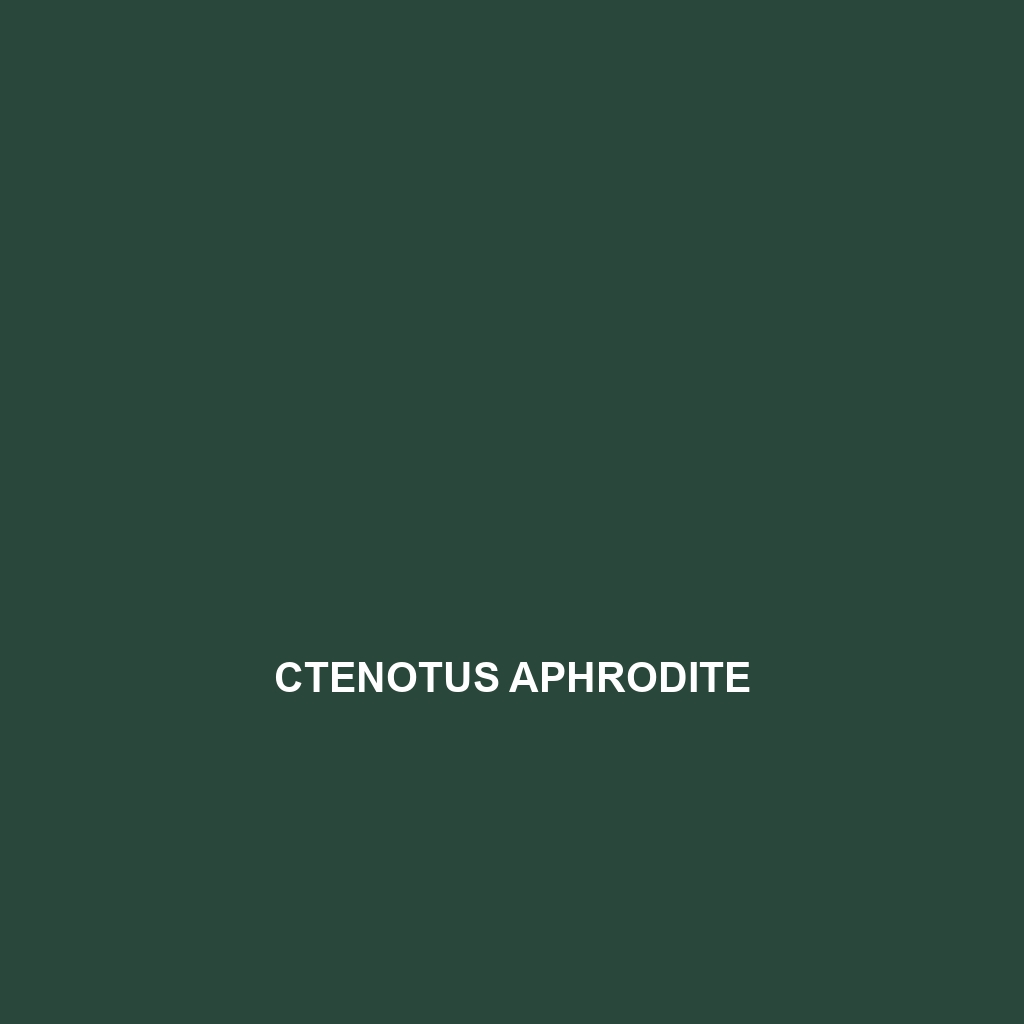<b>Pogona nullarbor</b>, known as the Nullarbor Bearded Dragon, is a robust, diurnal lizard native to Australia's semi-arid Nullarbor Plain, exhibiting a distinct appearance with colors ranging from sandy browns to muted greens. This omnivorous species thrives on a varied diet of insects and vegetation, plays a key role in its ecosystem, and is recognized for its captivating reproductive behaviors and adaptations, including color change for camouflage.
Tag: semi-arid environments
Pogona nullarbor
<b>Pogona nullarbor</b>, known as the Nullarbor Bearded Dragon, is a robust, diurnal lizard native to Australia's semi-arid Nullarbor Plain, exhibiting a distinct appearance with colors ranging from sandy browns to muted greens. This omnivorous species thrives on a varied diet of insects and vegetation, plays a key role in its ecosystem, and is recognized for its captivating reproductive behaviors and adaptations, including color change for camouflage.
Pachydactylus otaviensis
<p><b>Pachydactylus otaviensis</b>, also known as the Otavi thick-toed gecko, is a nocturnal insectivore native to the arid regions of Namibia, distinguished by its stout body, thick toes, and remarkable camouflage that aids in its survival among rocky terrains. This species plays a vital role in controlling insect populations and maintaining ecological balance within its habitat.</p>
Eremias afghanistanica
<b>Eremias afghanistanica</b>, commonly known as the Afghan racerunner, is a slender and agile lizard measuring 15 to 25 cm, native to arid habitats in Afghanistan, distinguished by its light brown to grayish coloration with dark stripes. This insectivorous species is known for its remarkable speed and solitary behavior, playing a vital role in controlling insect populations and maintaining ecological balance.
Ctenotus rimacola
Discover the Ctenotus rimacola, a vulnerable Australian lizard known for its agility, distinctive earthy coloration, and active daytime behavior. This species thrives in semi-arid environments, preying on insects while playing a crucial role in maintaining ecological balance.</p>
Ctenotus aphrodite
Ctenotus aphrodite The Ctenotus aphrodite, commonly known as the Aphrodite Skink, is a diurnal lizard native to arid regions of eastern and southern Australia, featuring earthy brown and grey coloration for effective camouflage. This agile predator primarily feeds on insects and plays a crucial role in maintaining ecological balance as both a predator and prey.</p>







